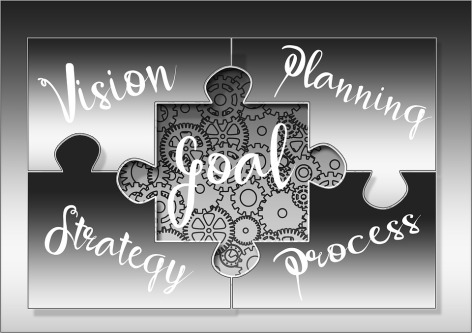Amongst all the core operations and duties that HR teams within every organisation is responsible for, workforce planning is one of the core fundamentals. .
High-performing organisations are almost always testament to the positive impact of strategic workforce planning on business. While many other companies engage in workforce planning initiatives seeking to improve their workforce shape and capability to align with current and future business needs, they are still struggling to be successful at aligning business and workforce plans.
The message here is – don’t give up. It’s hard because its complex and requires structure, judgement, discipline and persistence in order to work. However, the profound benefits associated with workforce planning makes it essential that organisations who want to be successful stay ‘the journey’ and arrive at a workforce plan that works for them. Put the other way around, management teams that don’t have a working workforce plan are deploying whats usually for most businesses their biggest expense without knowing if its properly structured and sustainable into the future.

Having said that, set out below are some suggestions about some key areas to think about in terms of workforce planning and why its important:
Eliminate unwanted surprises
Workforce planning is a proactive approach that involves planning ahead effectively to avoid/minimise potential talent shortages or surpluses.
In addition, by forecasting the talent needs as well as the available or required supply of talent, HR can easily avoid urgent hiring and layoffs that tend to affect the core operations, reputation and productivity of the business.
Streamline business cycles
Every business cycle has periods of growth and recession. Determining a customised approach to deal with different of the business cycle helps prepare the organisation for changing phases and keep business operations running at peak efficiency.
With appropriate procedures to be implemented in both good and bad times, the organisation can meet intended production goals while preventing project delays and unfavourable outcomes.
Identify skill gaps in the workforce
Not only does a good workforce planning assessment assist in hiring new employees and determining appropriate staffing needs, but it also helps to put in place proper employee development initiatives identifying and addressing skill gaps in the current workforce.
With a well-though out system in place to identify employee needs and link this to budgets and performance management schemes, it becomes easier to alert organisational resources of potential problems and insecurities and minimise potential risk and damage.
Conclusion
Workforce planning is not just limited to identifying, recruiting and deploying the right employees but also analysing current and future workforce needs and goals to keep the business operating at peak efficiency.
Laying out a strategic workforce plan might seem intimidating at first but when implemented appropriately it can yield rewarding results for the organisation. Remember, without a workforce plan your biggest expense and asset is not being efficiently and effectively used.